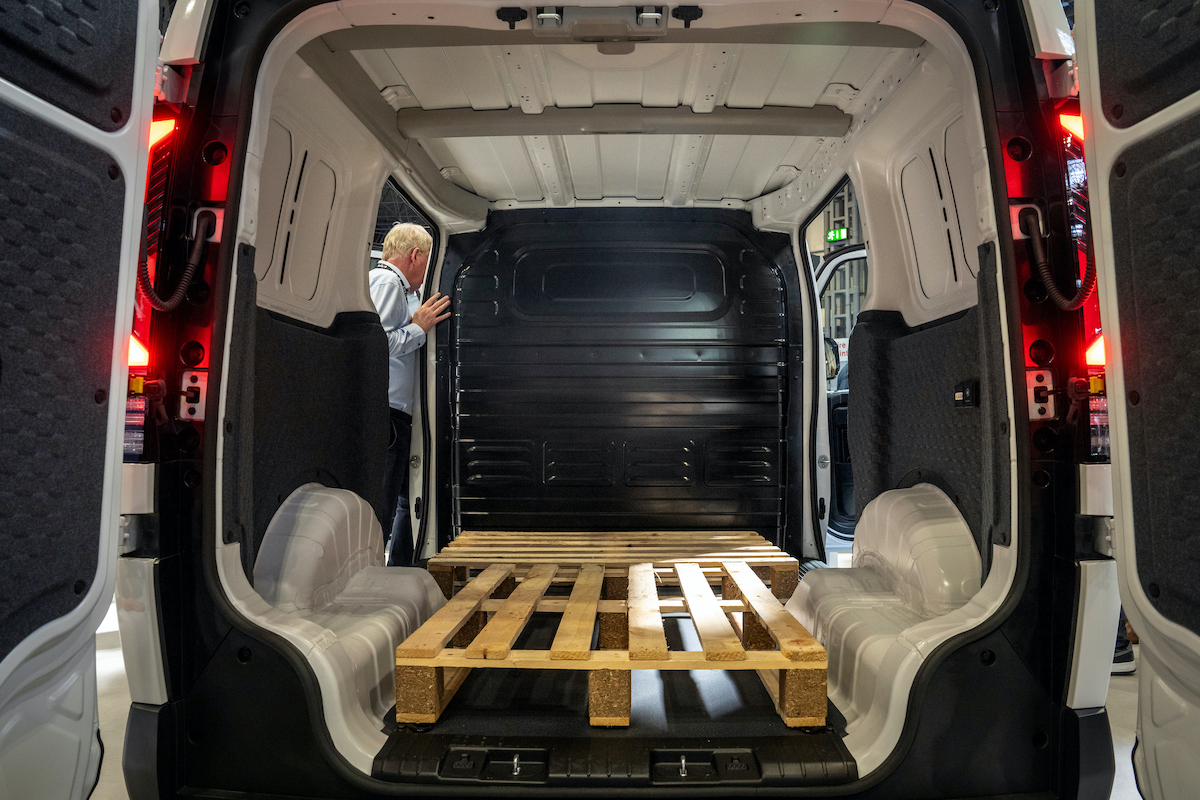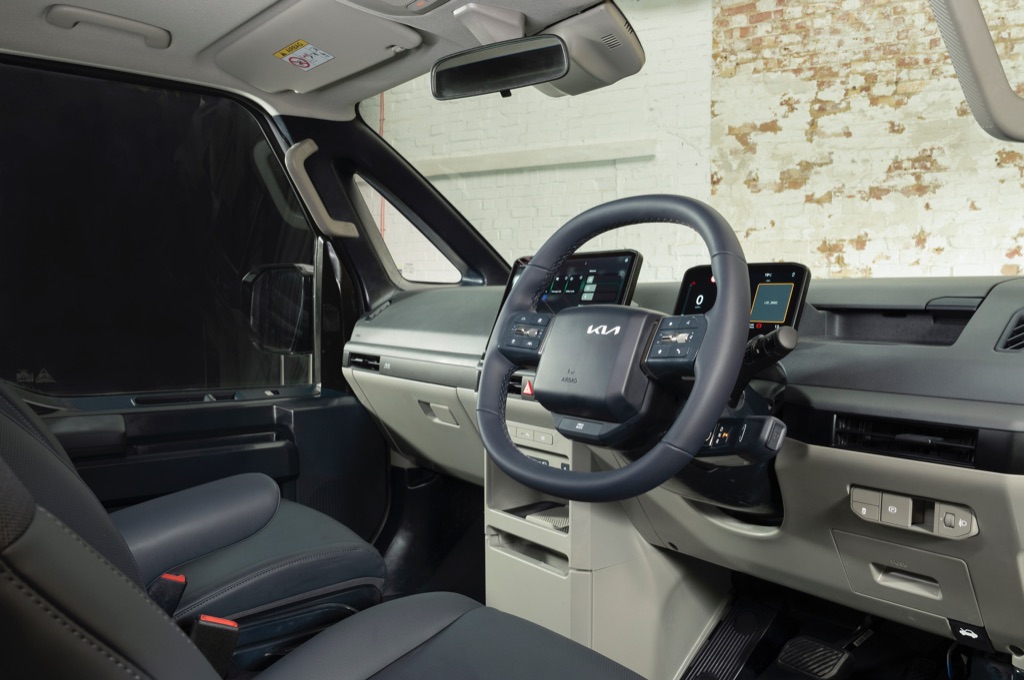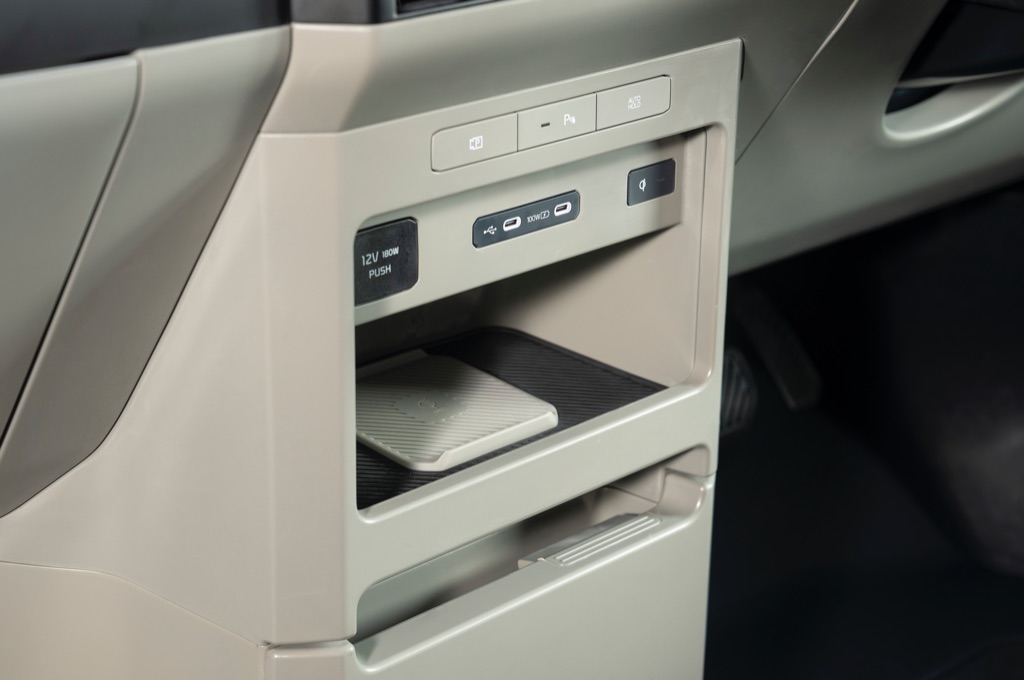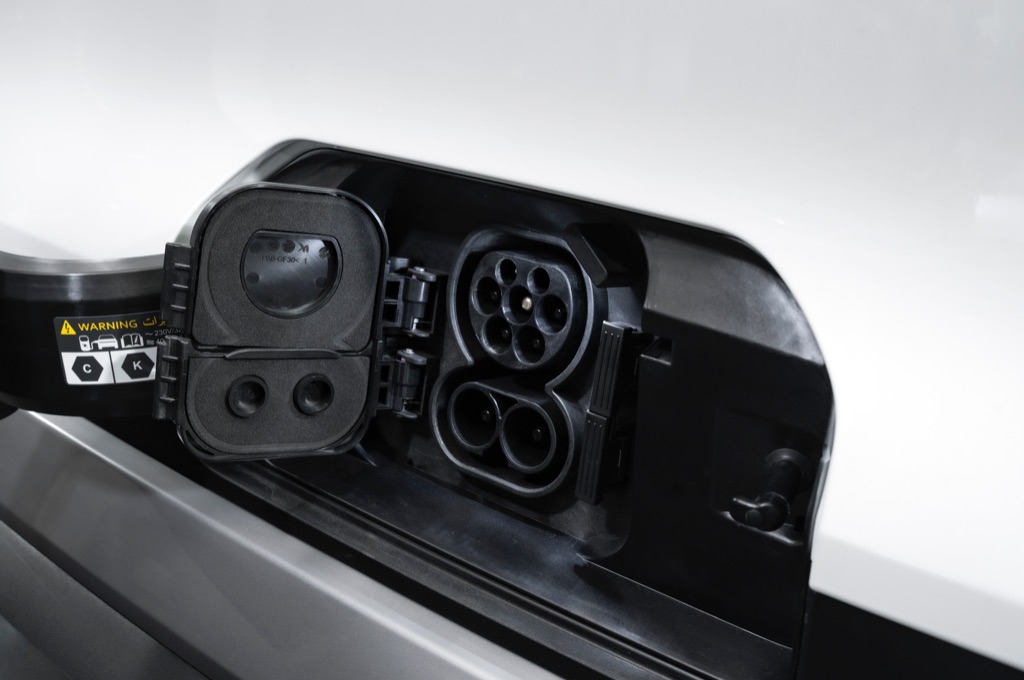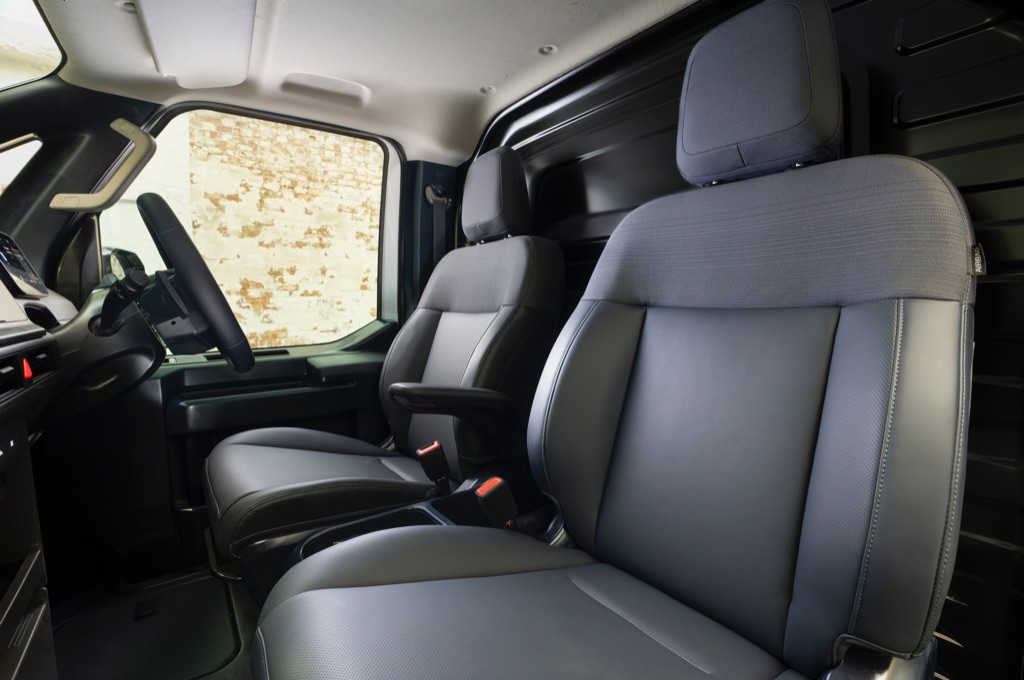Kia isn’t content with its rapid rise in the car market. Oh no. It’s not going after the likes of Ford in the van market as well. This is the new Kia PV5, and it’s proof Kia is going big when it comes to vans. And I don’t just mean the loadspace - it’s going to be all about flexibility. Kia has created something called the PBV platform - which stands for Purpose Built Vehicle. It is the sort of foundations of a whole range of vans, passenger cars and taxis which can be built on a sort of skateboard of motors and batteries.
There will be crew vans, pick ups, a Box Van, Freezer, and even a light Camper - all built in the factory rather than converted. There even be a special Wheelchair Accessible Vehicle, and all of them will be made at a dedicated factory and will come with that full 7 year warranty that Kia are famous for.
Design & rivals
The one I’m reviewing here is this standard Cargo. If you want to know more about the other version check out Ginny’s video here on the channel as she’s been to Korea to get a first look at the ones for carrying people. But for now - back to load luggers. Size-wise, it sits between Ford's e-Transit Custom and Connect vans. But its biggest rivals will be the Volkswagen ID. Buzz, and the Stellantis line up, the best known of which is the Vauxhall Vivaro.
The PV5 is a fraction narrower, lower and shorter than the Volkswagen ID. Buzz Cargo. It’s got a striking look in my opinion (the colour of the one in the pictures is called Cityscape Green, if you were wondering), with echos of Kia's new range of electric cars. It's modern and striking.
Your charging port is plonked at the front for easy access and the headlights are lower than you’d think, so you won’t be blinding people as you approach them. Good stuff. The bumpers at the front and rear are designed to be removed with ease, so if someone bumps it, you can replace those bits with less stress and expense, which should keep the insurance costs down. It's the same with the black, unpainted wheel arches and side sills - but they also echo the design of SUVs, too.
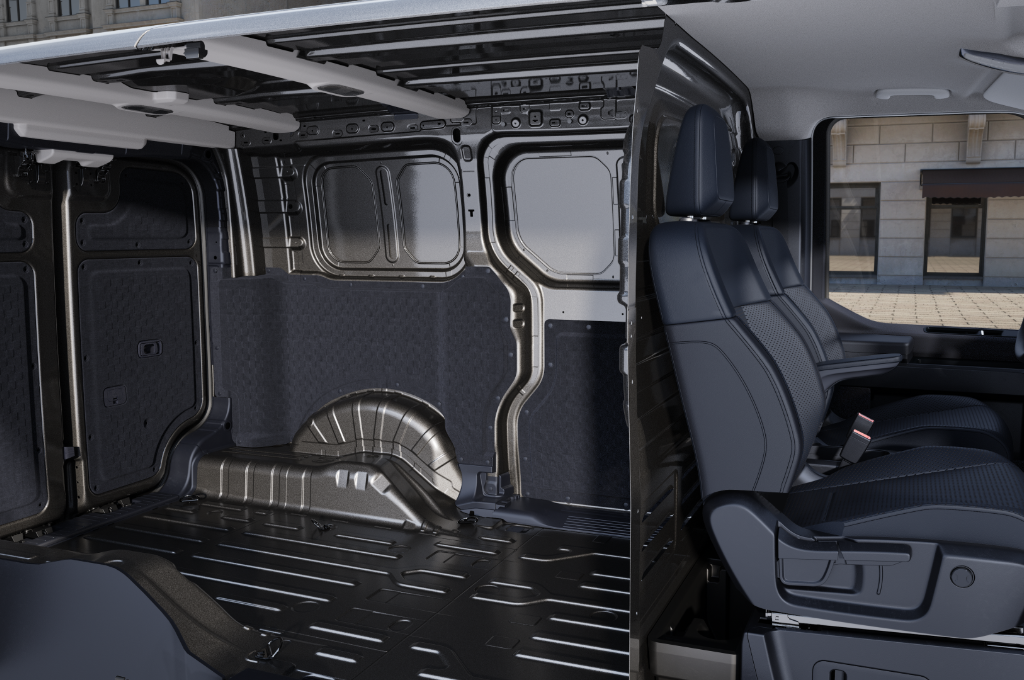%20PV5%20Cargo_Key%20visual%20image_INT_quater%20view.png)
Practicality
As you’d expect on a van, it's all about the loadspace in the PV5. The rear doors open 180-degrees in a ‘barn’ style, with the lowest rear step height in the class. It looks odd when you first open those rear doors as there is an intrusion into the sides behind the wheelarches, but that is because the floor is lower than rivals - a design which makes it easier for wheelchair conversions.
A tailgate rear door will be an option, so you can keep dry underneath it in the rain. There is a choice between twin or single sliding side doors too.
I tried the PV5 Cargo L2/H1 which has 1.5m cubed additional cargo volume compared to a Buzz. It can fit two Euro pallets. The bigger PV5 Cargo L2/H2 will offer up to 5.1m3 of cargo capacity, with a higher roof.
The payload of between 665 and 790kg is a bit low compared to others though - a VW ID.Buzz Cargo is up to 712 kg, the Vauxhall Vivaro Electric up to 1,220 kg, and the Transit 790kg up to 1,758kg.
There is also the option of a 230v socket in the loadspace to power tools or battery chargers.
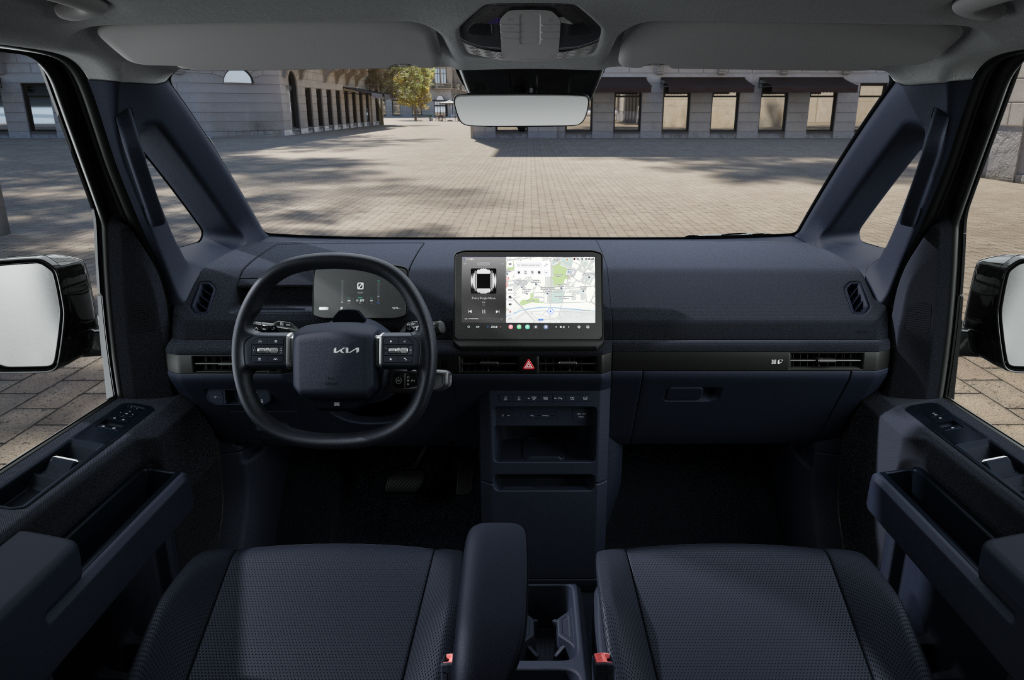%20PV5%20Cargo_Key%20visual%20image_INT_front%20view.png)
Interior
Inside, the PV5 has to be a workplace where you can spend many hours each day, and as such has been designed from the ground up to be a comfortable and familiar place to be, so looks pretty similar to Kia’s other EV offerings.
There is a 7-inch instrument cluster and large 12.9-inch central navigation screen that runs Android Automotive OS, the first time Kia has ever used this software on a vehicle and is designed to be familiar and easy to understand. You can add apps so fleet managers can monitor the van’s exact location, battery status, and driver behaviours. Be warned if you are popping round to see your boyfriend on your lunchbreak or bunking off to watch the football.
The system can also predict maintenance needs, reduce accident risks, and keep repair costs low and will provide real-time data and analytics, which is the stuff business fleets rely on heavily to be as efficient as they can.
Currently the PV5 is only offered as a two-seater - the passenger seat can also be removed to create additional room. The High-Roof model comes with a Walk-Through option, making it ideal for businesses that need quick and easy access to the cargo area, which makes loading and unloading much easier as you don't need to open rear doors.
The Standard and Long versions also have a Walk-Through option, with a sinking passenger seat and a sliding door, which gives you easy access between the cabin and cargo area if you are doing deliveries.
Kia’s also got an ‘AddGear’ modular system which is designed to let users customise and upgrade the PV5’s cabin after purchase. It has attachment points which can add extra cupholders, umbrella hooks, tool racks or storage bins wherever they are needed. This is factory fit rather than fitted afterwards.
Battery and powertrain
The PV5 Cargo has 51.5kWh or a long range 71.2kWh battery pack, giving a range of up to 184 miles or 258 miles on a charge.
With the smaller battery pack, it’s powered by a front-mounted 120hp motor with a 0-to-62mph time of 16.2 seconds when fully laden.
The larger 71.2kWh pack is mated to a 160bhp motor giving a more reasonable 12.4 second 0-62 time. Top speed is limited to 84mph on both versions.
When fast charging, a 10-to-80% top up takes less than 30 minutes. When connected to an 11kW AC charger, the standard range will charge 10-to-100% in 4 hours and 45 minutes, while the larger 71.2kWh variants will take 6 hours.
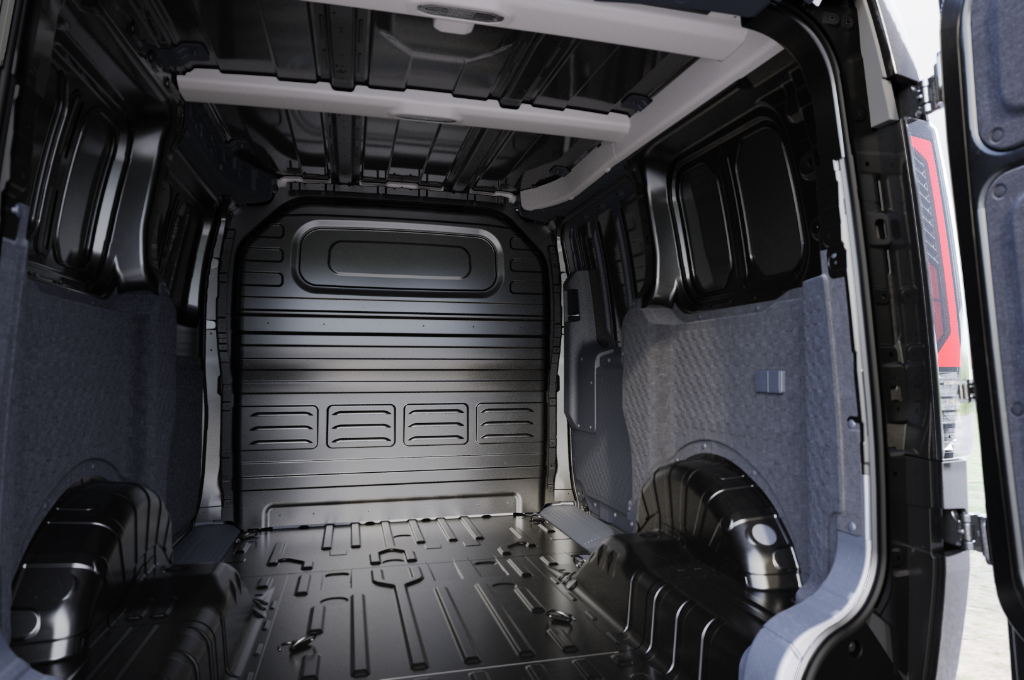%20PV5%20Cargo_Key%20visual%20image_INT_cargo%20view.png)
Driving and handling
The PV5 sticks with front-wheel drive like the Vivaro, unlike the ID. Buzz and Transit which uses rear-wheel drive, and are more entertaining behind the wheel as a result.
Even in the faster 160hp version the power isn’t overwhelming, but it feels plenty for most van drivers. I’ve no complaints about overtaking power.
The PV5 feels surprisingly refined for a van too. There is none of the tinny resonance you might expect from a van and it is eerily quiet, even compared to other EVs. For a diesel driver it will be a revelation. The steering’s light and visibility is excellent thanks to those big windows. It's easy and inoffensive, but doesn't have the fun factor of a Transit or Buzz.
The low centre of gravity from the battery location gives a stable ride even with a tall body and there’s adjustable regenerative braking with paddle shifters - the Buzz only gets a B mode, not paddles.
Price
As a reminder the Ford e-Transit starts at around £49,000, while the VW ID. Buzz Cargo thanks to a new small battery version starts at £36k in the UK. The PV5 will start at £27,645 for the Essential - that’s plus the VAT but before the £5,000 grant which the government will give you to help out. The Long Range adds another £2,500 to the price.
That’s seriously good value, and will even worry the Chinese brands which are arriving now too.
Verdict
I’m really impressed by the PV5. In fact, I’d go so far as to suggest it could prove to be the most important EV launch since Kia’s very first electric model, the Soul.
It may not be as fun to look at or drive as Volkswagen’s ID.Buzz, but it delivers something many buyers have been waiting for: a practical, more affordable electric van. The technology and factory fit options are groundbreaking, and the warranty and price mean there will be some very furrowed brows in Ford and VW offices right now.









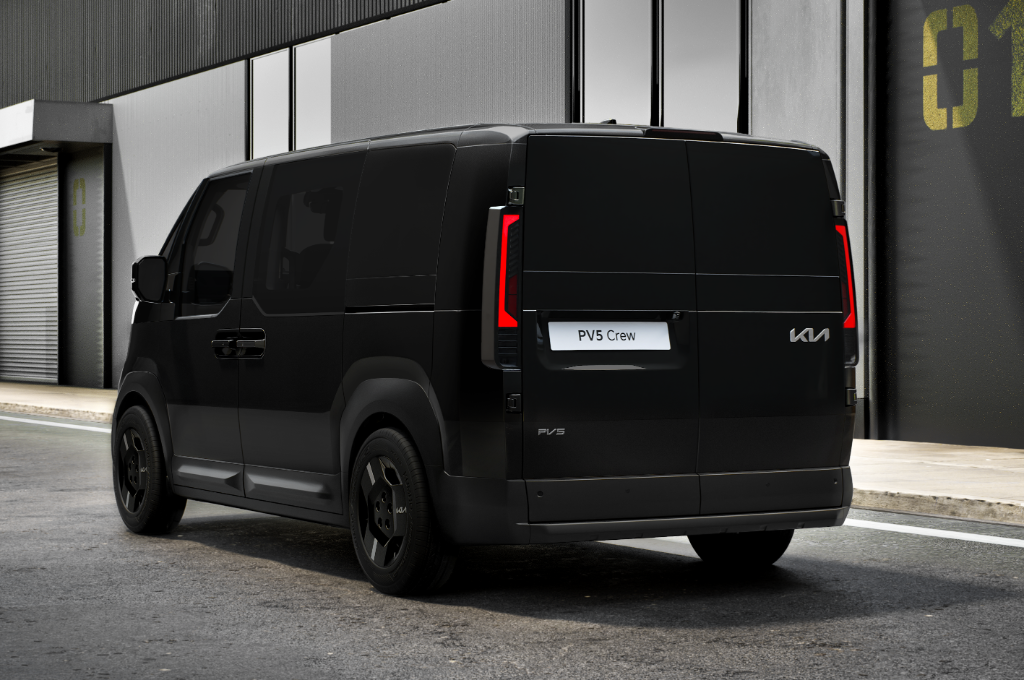 PV5_Crew_Key visual image_2.png)
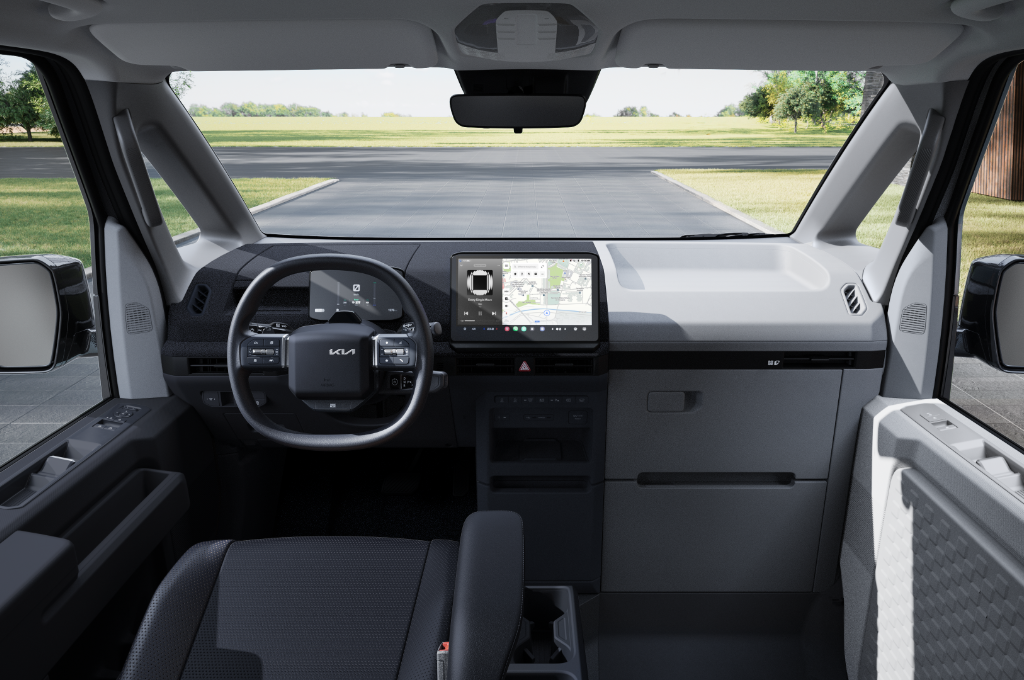 PV5 Passenger 123_Key visual image_INT_front view.png)
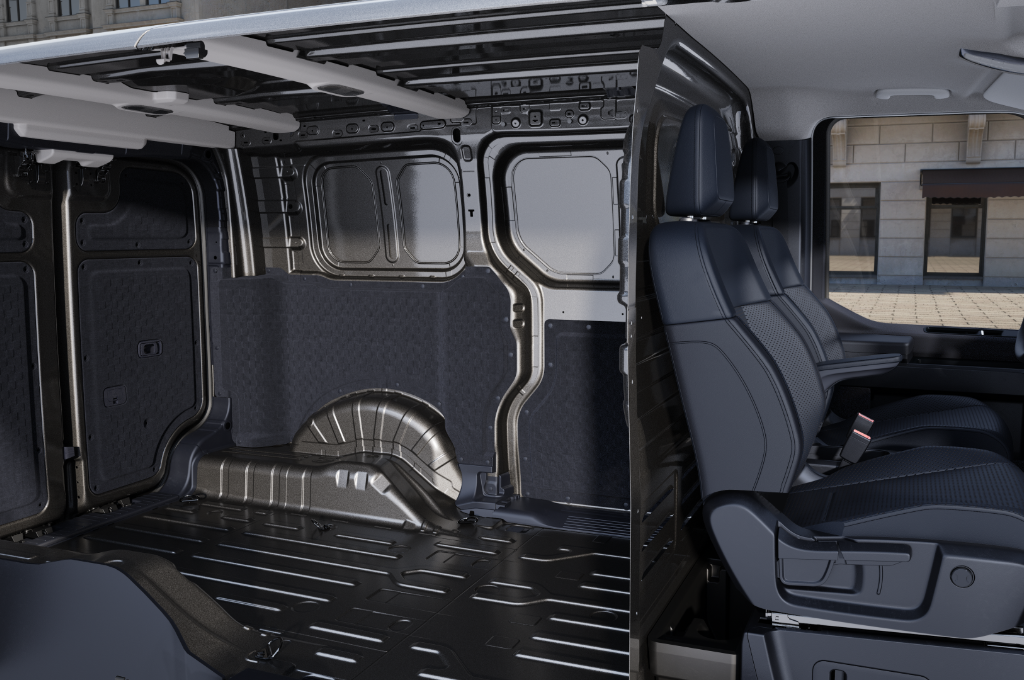 PV5 Cargo_Key visual image_INT_quater view.png)
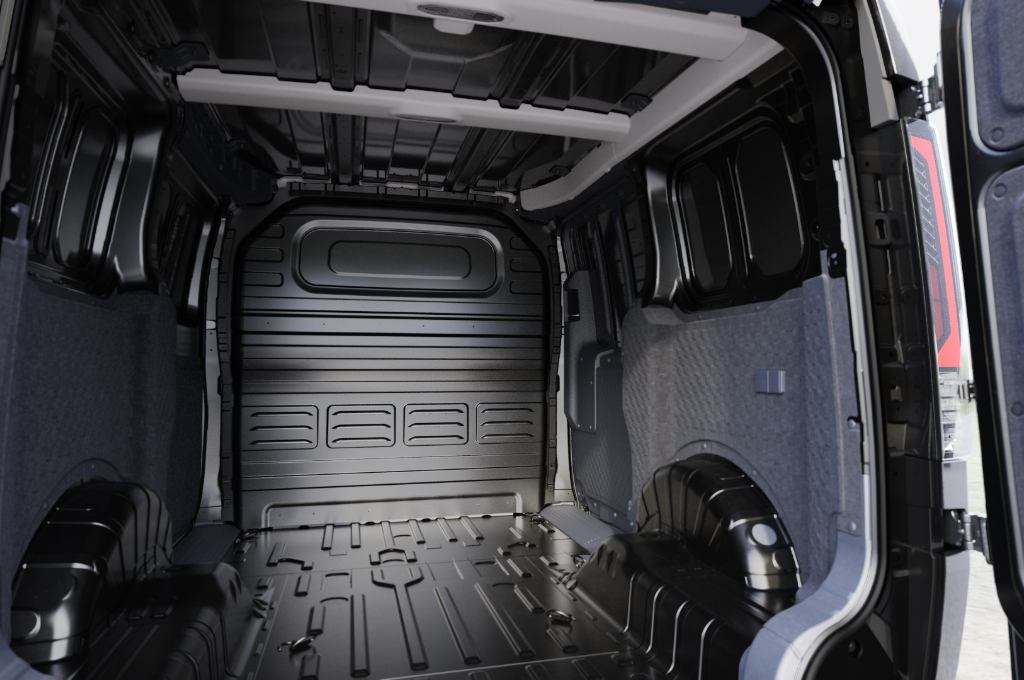 PV5 Cargo_Key visual image_INT_cargo view.png)
